 Nafisah Aslam-Zainudeen: Inspiring the Next Generation of Female Engineers
Nafisah Aslam-Zainudeen: Inspiring the Next Generation of Female Engineers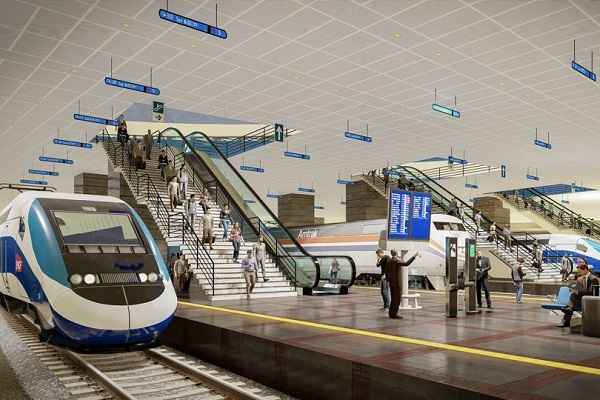 DRA-DMRC JV awarded major contract for redevelopment of Ahmedabad Railway Station
DRA-DMRC JV awarded major contract for redevelopment of Ahmedabad Railway Station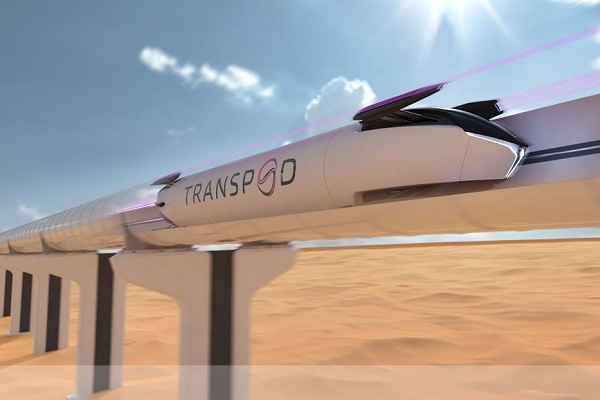 Revolutionizing Transportation: Hyperloop Technology in Saudi Arabia
Revolutionizing Transportation: Hyperloop Technology in Saudi Arabia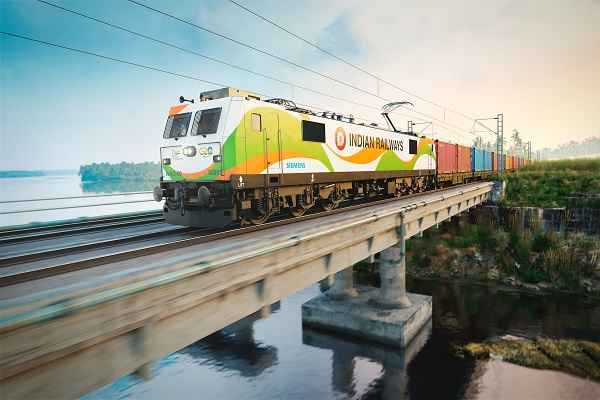 India is not just a market, it is becoming a beacon of hope for the future: Siemens AG
India is not just a market, it is becoming a beacon of hope for the future: Siemens AGSATEBA acquires Rail Business of De Bonte Group in Belgium
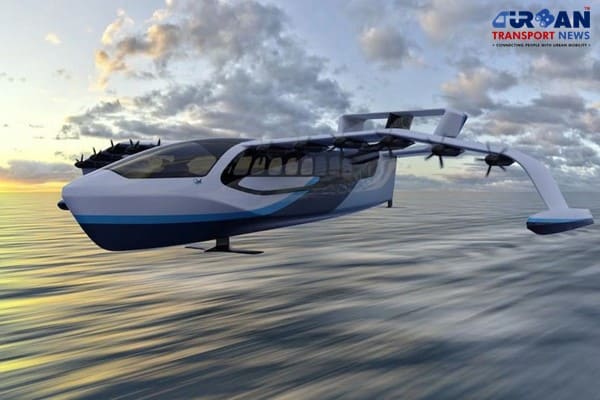 Regent to launch High-Speed Seagliders to transform coastal transportation in UAE
Regent to launch High-Speed Seagliders to transform coastal transportation in UAE California commences construction on $12bn Los Angeles - Vegas High Speed Rail Project
California commences construction on $12bn Los Angeles - Vegas High Speed Rail Project Kochi Water Metro floats tender to procure 15 more electric-hybrid ferries
Kochi Water Metro floats tender to procure 15 more electric-hybrid ferries Siemens Mobility-Hassan Allam Construction JV Sign Contract for UAE – Oman Railway Link
Siemens Mobility-Hassan Allam Construction JV Sign Contract for UAE – Oman Railway Link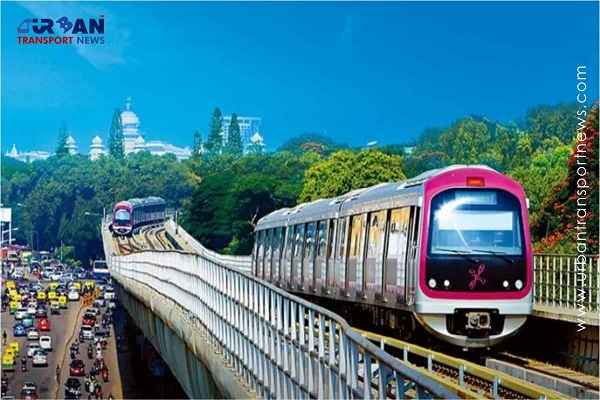 What is better public transport option for Bengaluru - RRTS or Metro Expansion?
What is better public transport option for Bengaluru - RRTS or Metro Expansion?
Public Transit Systems: A Comparative Study of Singapore and Mumbai
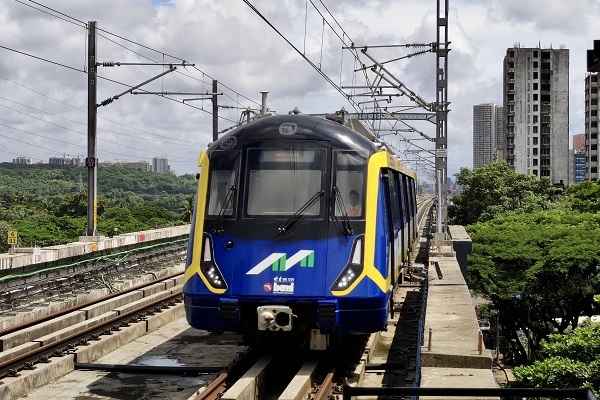
Efficient and well-connected transit systems are the backbone of urban mobility, shaping the way people move within cities. A closer look at the transit systems of Singapore and Mumbai reveals fascinating insights into how two vastly different cities tackle the challenges of transportation.
Singapore: An Urban Mobility Masterpiece
With a modest land area of 728 square kilometers and a population of 5.5 million, Singapore has meticulously crafted a seamless public transit system that epitomizes efficiency. At its core lies an extensive network of operational metro, skytrain, and monorail lines, covering a total of 265 kilometers. What's more impressive is the city's vision for expansion, as it works on an additional 26 kilometers of metro rail.
Singapore's commitment to sustainable transportation shines through its goal of achieving 100% electrification of its bus fleet by 2040. This forward-looking approach not only addresses environmental concerns but also aligns with the city-state's vision of becoming a model of urban sustainability.
Mumbai: Navigating Complexity
In stark contrast, Mumbai, spanning 603 square kilometers and accommodating a population of 21 million, grapples with the complexities of urban density. Its transit network is a testament to the challenge of catering to the mobility needs of a vast populace.
Mumbai's operational transit network consists of a mix of metro rail, monorail, and suburban rail, totaling 66 kilometers. However, the city is in the midst of an ambitious expansion, with an additional 134 kilometers of metro rail under construction and a sprawling suburban rail system spanning 92 kilometers.
The city's public bus fleet, numbering 3,100, plays a pivotal role in bridging the transit gaps. With a target of 100% electrification by 2028, Mumbai's commitment to cleaner public transportation is evident, aiming to curtail pollution and contribute to a greener future.
Key Takeaways: A Tale of Two Cities
The comparative analysis of Singapore and Mumbai's transit systems underscores the influence of city size, population density, and urban planning on transportation infrastructure.
Singapore's meticulous urban planning has enabled it to seamlessly integrate multiple transit modes, resulting in a well-connected network that prioritizes efficiency and sustainability. The city's focus on electric buses aligns with global environmental concerns.
On the other hand, Mumbai grapples with the complexities of catering to a massive and diverse population. Its expanding metro and suburban rail systems reflect efforts to alleviate congestion and improve connectivity. The drive towards electrification signifies the city's commitment to reducing pollution.
Public Transit Statistics: Singapore Vs Mumbai
Singapore
- Area: 728 sq km
- Population: 55 lakh
- Operational Metro/Skytrain/Monorail length: 265 KM
- Under Construction Metro Rail - 26 KM
- Public Bus Fleet: 5,800
- Target - 100% bus fleet electrification by the year 2040
Mumbai, India
- Area: 603 sq km
- Population: 2.1 crore
- Operational Metro Rail/Monorail length: 66 KM
- Under Construction Metro Rail: 134 KM
- Suburban Rail length: 92 KM
- Public Bus fleet: 3,100
- Target - 100% electrification of bus fleet by the year 2028
In conclusion, while Singapore's transit system thrives on meticulous planning and sustainable goals, Mumbai's journey navigates through complexity to enhance connectivity for its sprawling population. Both cities serve as examples of how tailored solutions are essential to addressing the unique challenges of urban transportation. As cities continue to evolve, their transit systems will play a crucial role in shaping the quality of life for their residents.







